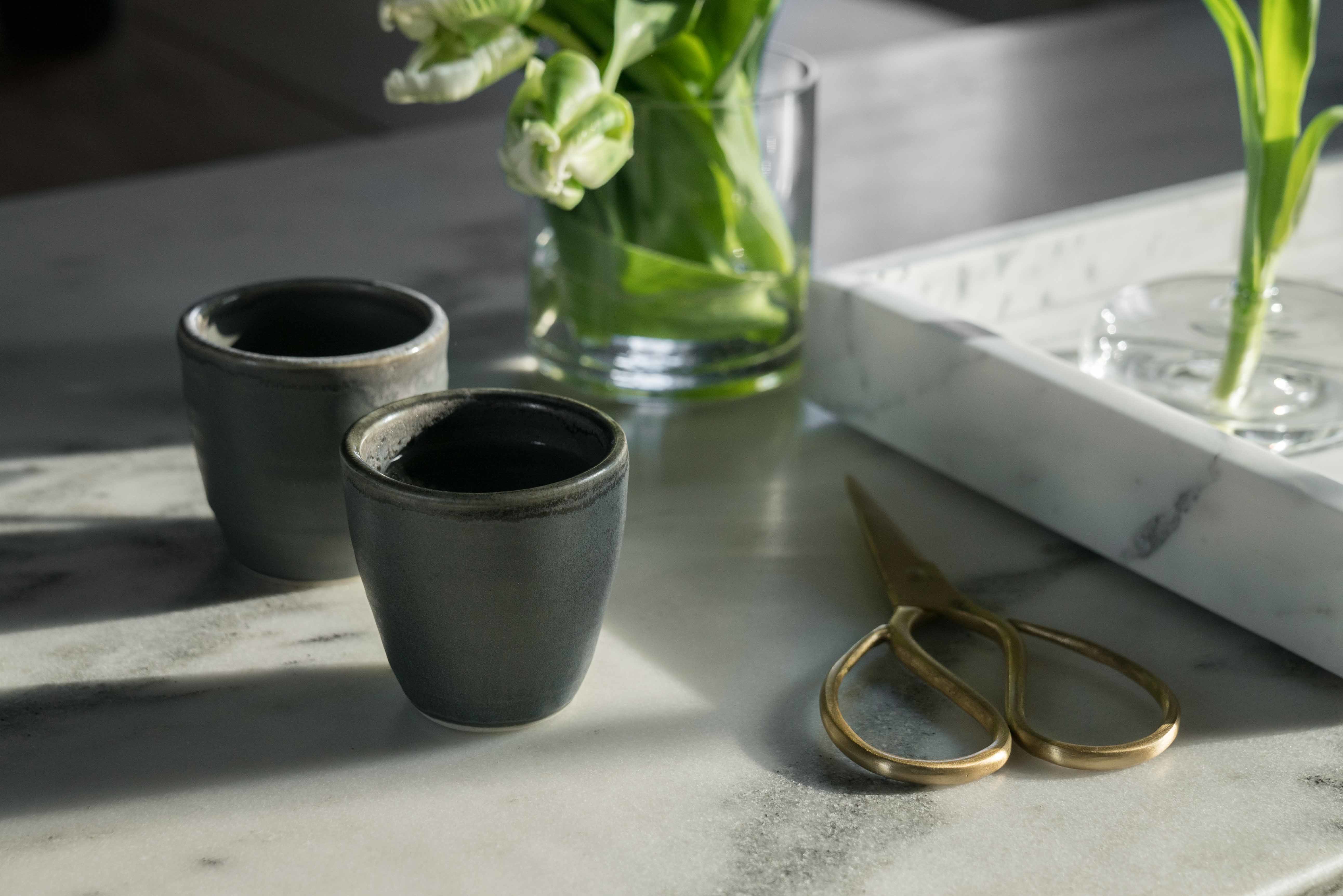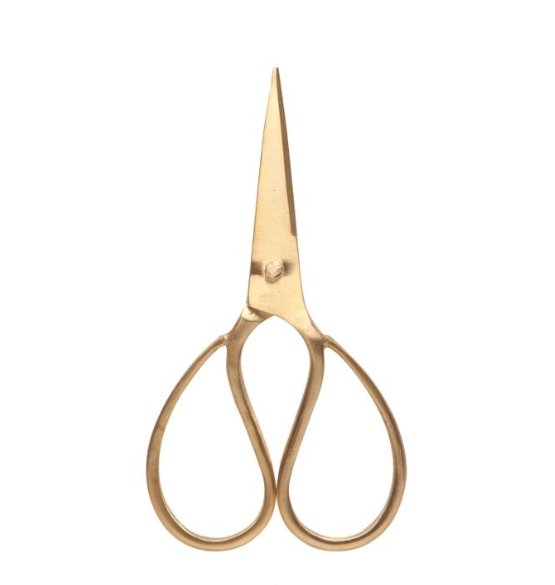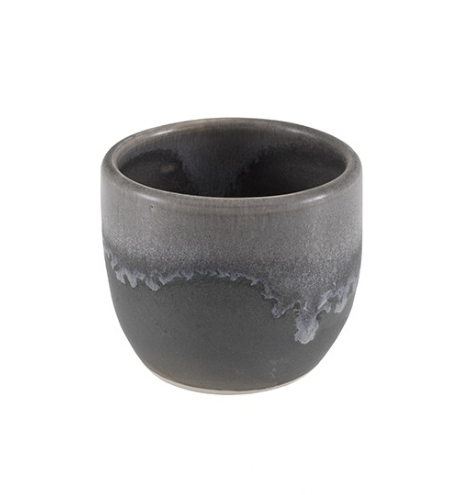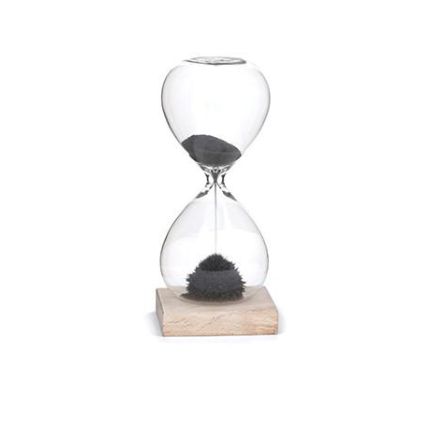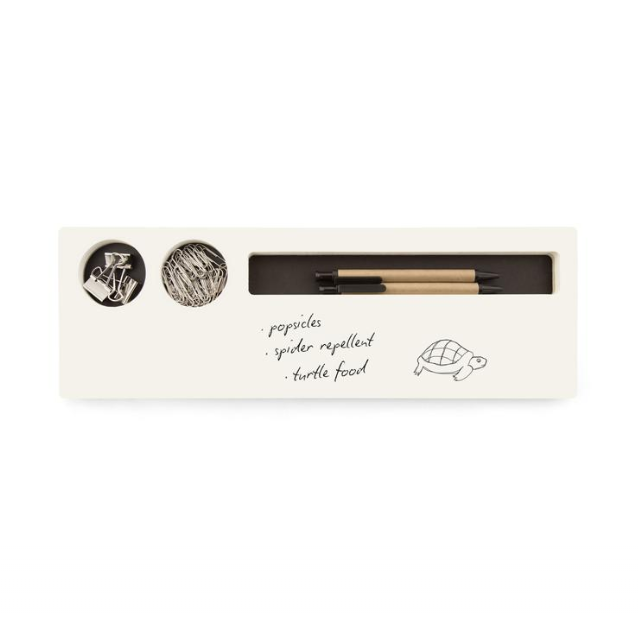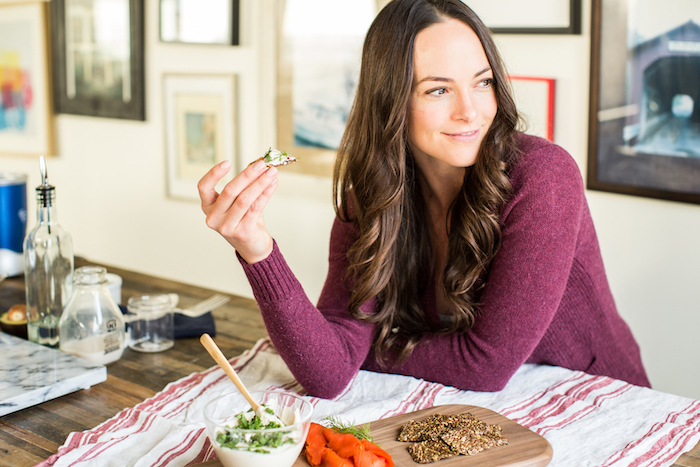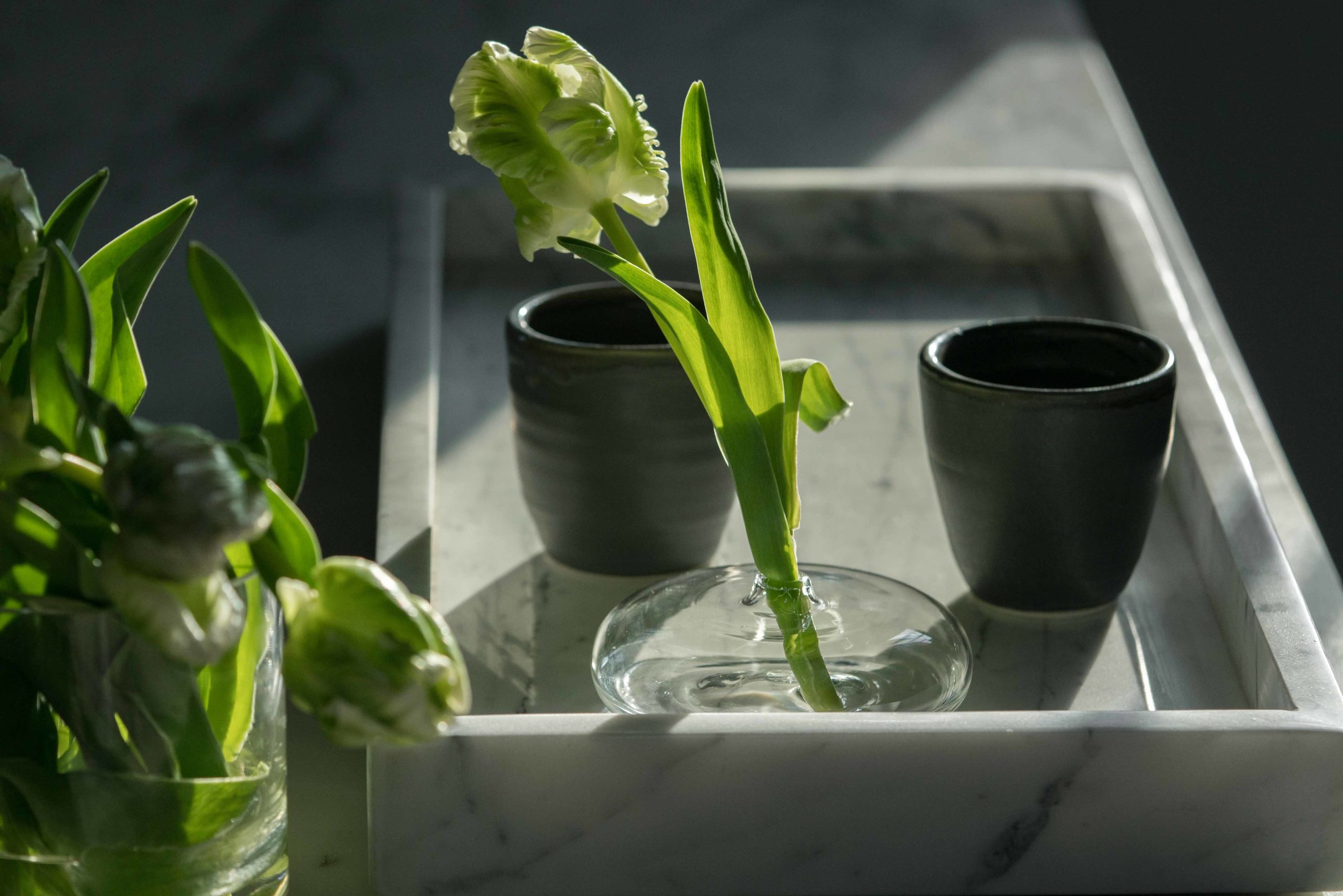
Is your wellness routine actually working? You’re probably pouring a lot of time, money and effort into your health (or considering it since it’s the new year). So when was the last time you evaluated if it was doing you any good? As a dietitian and wellness lover, one of my primary pet peeves is when people put in effort to getting healthier, but end up on a program, diet or with a fitness class that just isn’t working for them. If you’re doing the work, it’d be nice to get something out of it.
Sadly, the act of investing time and or money into wellness is not a guarantee it works. A system, program, class or whatever might just not work for YOU. Luckily, that’s the positive side of wellness: you can make it your own. I encourage you to set aside some time in the evening or a weekend for this project to revamp your wellness routine for the New Year. We’ll figure out what needs to go, needs to be switched and how to tell if something is actually doing you any good.
My husband Chris and I LOVE analyzing things like this. We call it ‘problem solution day’ and we do it with everything from things that annoy us in the house to business planning (that door that squeaks, where the hell are we going to move that box in the storage room that won’t fit anywhere?). Realistically not everyone (probably no one) likes this analytical process. To make it less painful, we find while working on wellness boards or doing a think like this is best with nice surroundings. Buy flowers, light a candle, get some coffee or tea and snacks. When we work on something hard, our brain looks for opportunities to move on. So make it a distraction free, lovely setting to keep it from happening. The alternative? Give yourself a time limit with an hourglass or timer and work on it for a designated block. Five minutes. Ten minutes. You choose! This might help your brain consent to focusing for a short time on an unlikeable task.
1. Inventory your tasks and actions for wellness.
EVERYTHING. That means grocery shopping, recipe gathering, cooking, workouts, driving to workouts, supplements and beyond. When did you start doing these tasks over the course of the last year? This will help you decide if something needs more time, or if you feel it’s run course and is time to change. If you don’t want to think about it all in one shot, keep running list on your desk or coffee table and write it down as you do it throughout a week.

2. What’s the cost?
That includes time and money. What do you spend on those pre-made meal kit deliveries? How much time does it take to go to that fitness class across town you don’t love anyway? If you’re super duper type A, spreadsheet it.
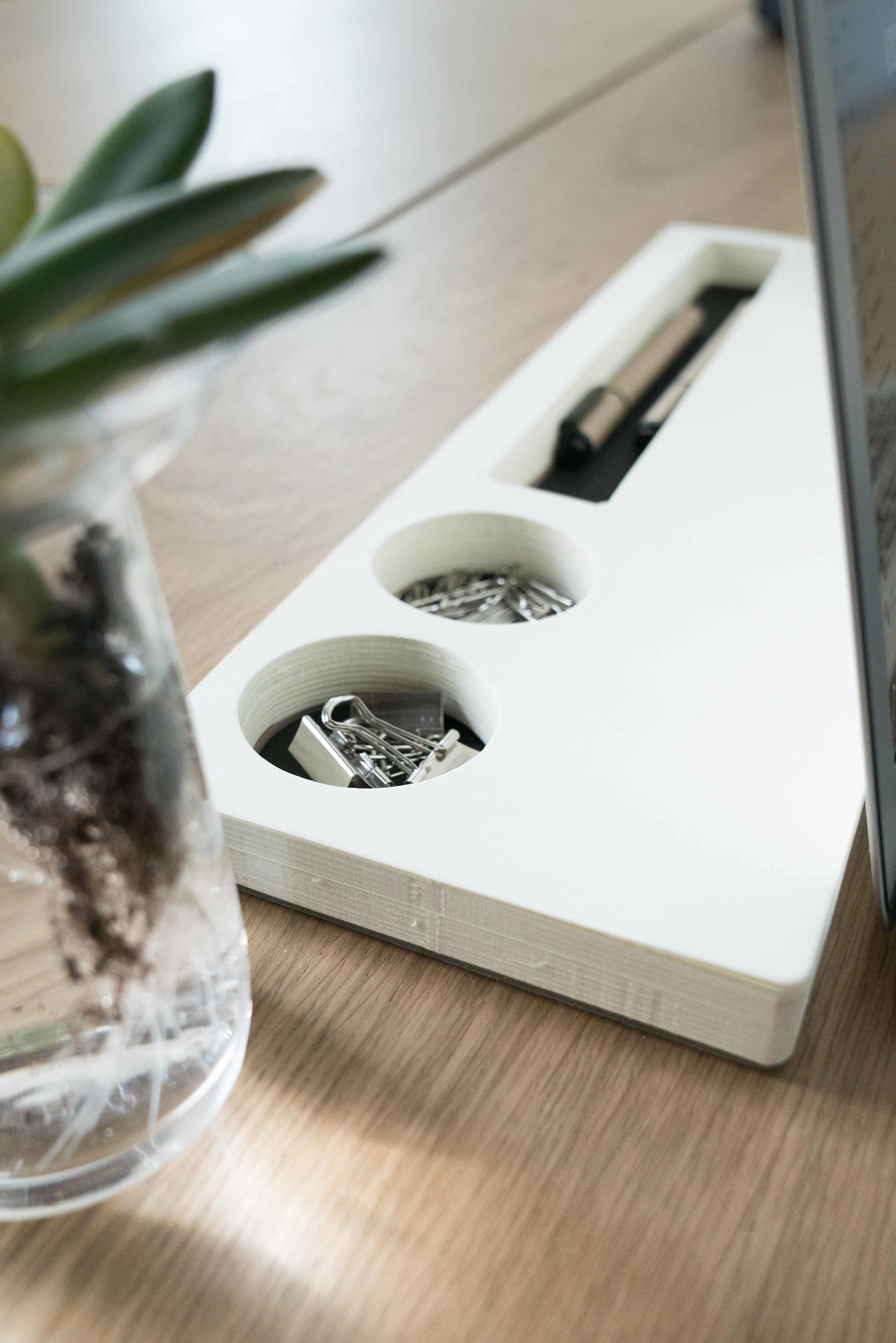
3. Has it been worth it?
Sometimes a wellness task will be expensive and take time, but you LOVE it and it works for you. That’s fine! We’re not looking to create the shortest time, cheapest routine. We’re looking for what’s worth it. Consider the ROI (return on investment) of your least favorite, most expensive things. For example, let’s go back to that fitness class across town. If you actually hate group fitness and would rather book a personal training session 1:1 at the gym down the street…do that. Save yourself commute time and get a better experience. It’s okay to let something go, even if it cost you money. You’re the boss.
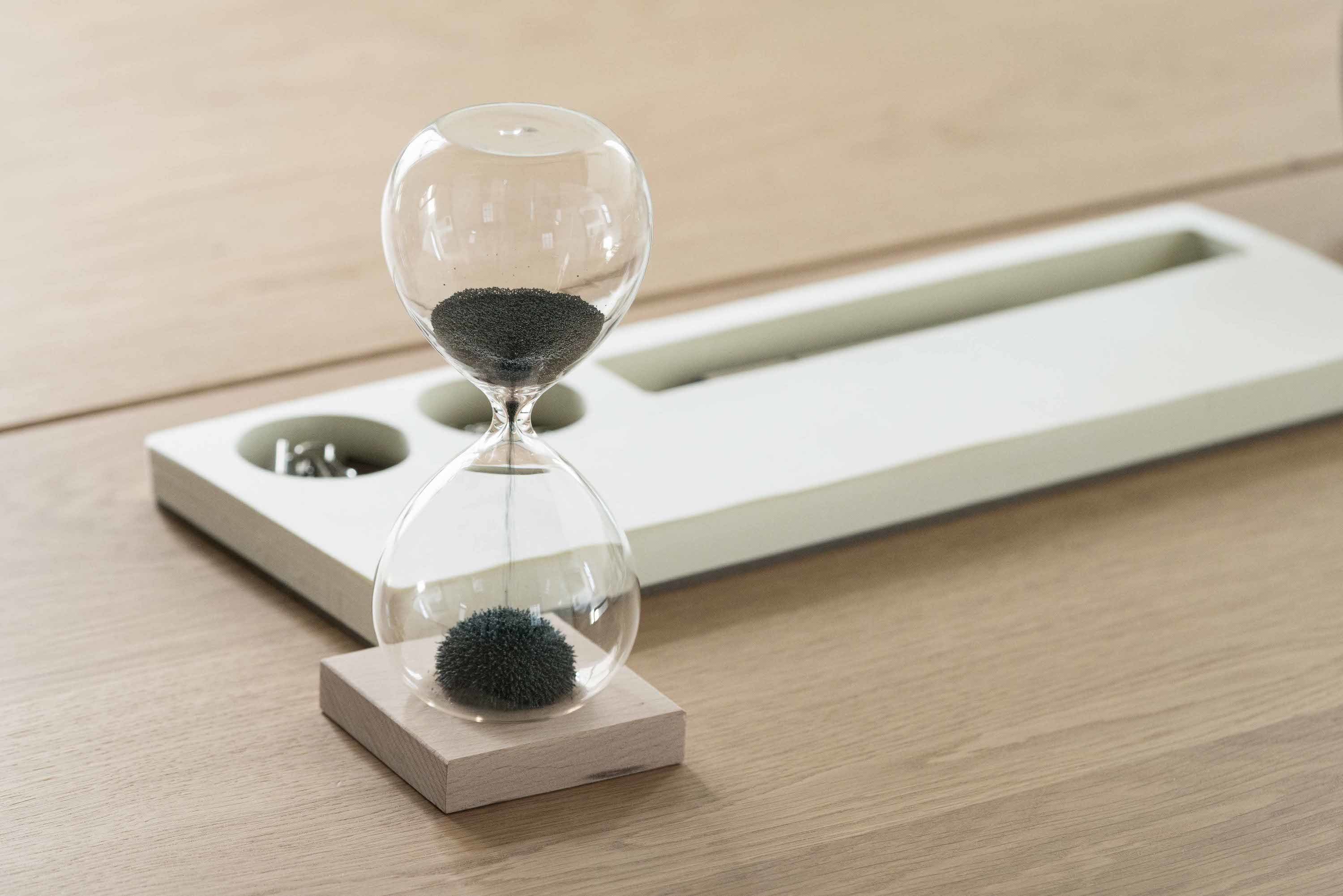
4. Wellness vision boards.
Wellness is comprised of more than fitness and diet. It can be travel, interior design and definitely your mental health and what makes you happy. For me, wellness includes time in nature. A vision board is helpful if you can’t put into words what you’re looking for in your wellness life. Find images that inspire you in magazines, or head to Pinterest and create a secret digital board.
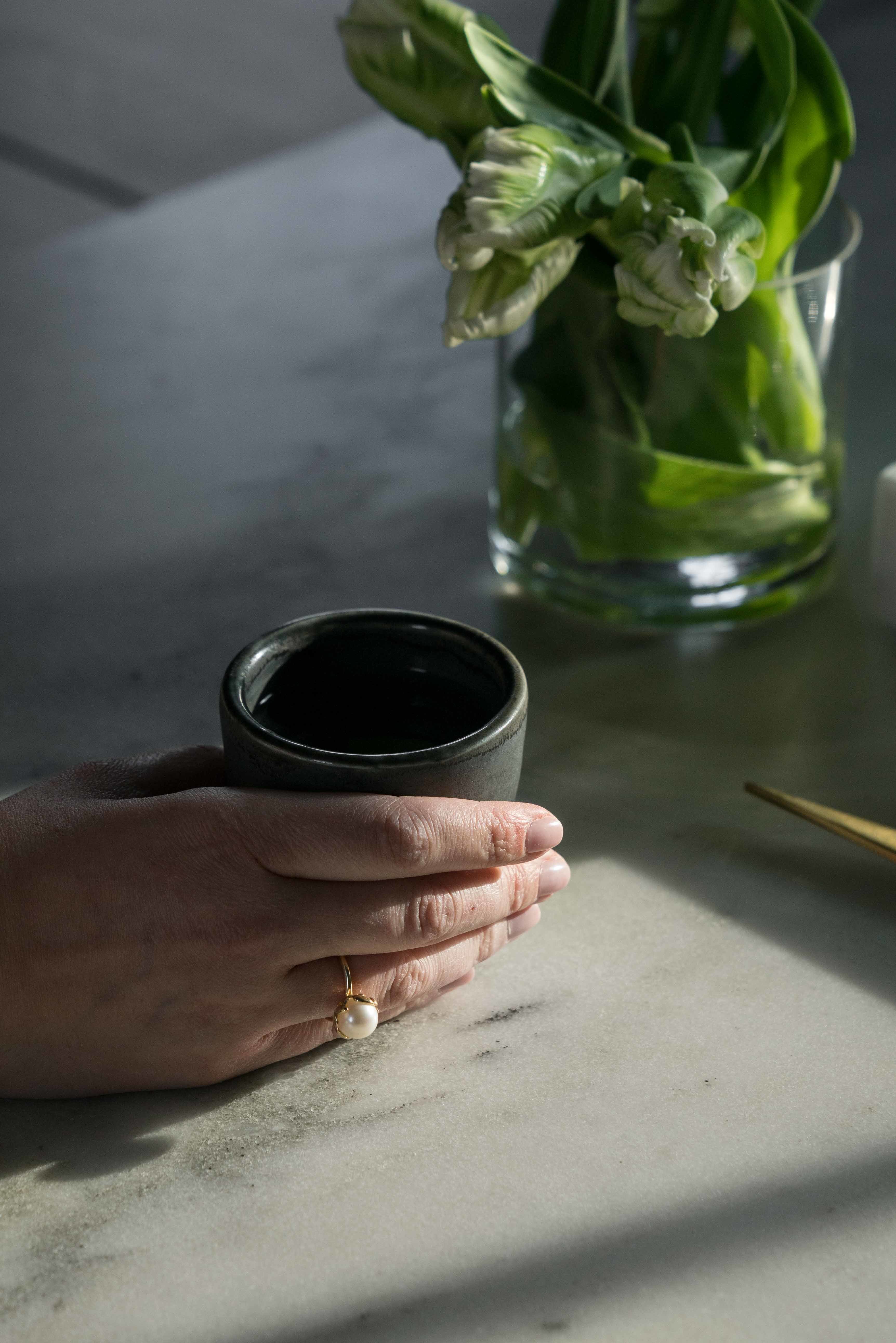
5. What’s the next step?
Now that you know what you want your wellness world to look and feel like, and you know what’s working and what’s not, it’s time to figure out next steps. For things that need to be replaced create a task list. Do you need to research a closer yoga studio? Do you need to book a consultation for acupuncture? Ask your friends for recipes? A good brainstorming session and analysis is no use if it’s not acted upon.
